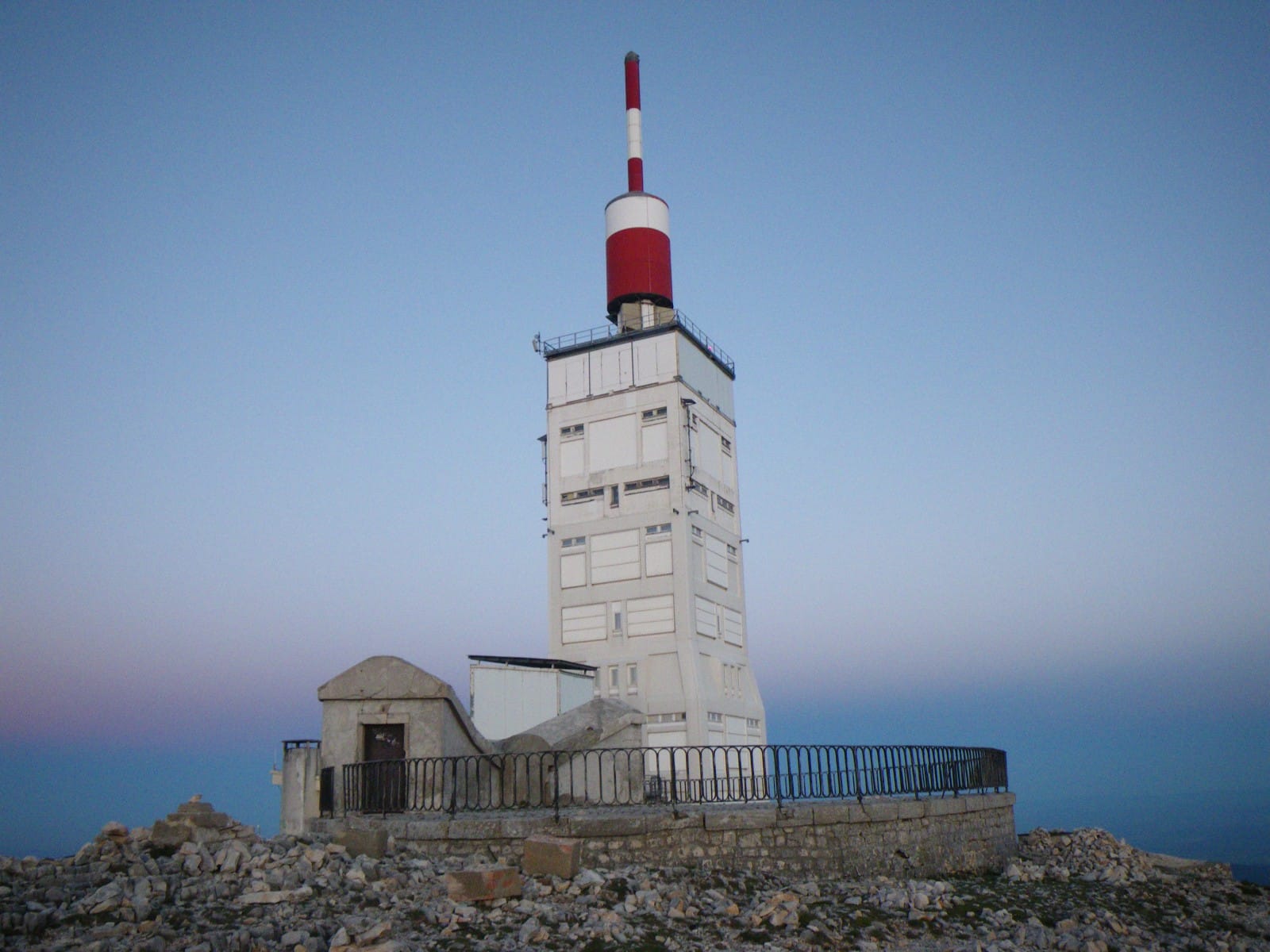Travel literature is a meaningful narrative of people, occasions, sights, sensations, experiences, and expeditions by an author exploring a foreign area. Travel writings connected to essay, manual, travelogue, or schedule have overlapping limits, so are grouped together as travel literature. This short article concentrates on travel literature that is more of interest to a traveler.
History of Travel Writing

The Italian Poet Petrarch ascended Mount Ventoux in 1336 and blogged (well, that’s what they might call it now) about this pleasant travel to see the top of the mountain. He made an allegorical comparison between climbing the mountain and his own moral development in life. After his pinnacle visit, numerous travelers noted their travel impressions. Had Petrarch been alive today, he would have undoubtedly penned an article or two about the Tour de France. In 1589 Richard Hakluyt published his travel voyages, which remain the foundational text of the travel literature. And who can forget, Scottish novelist, poet, and essayist, Robert Louis Stevenson was a pioneer of travel and tourism literature.
Types of Travelogues
Some terrific travel experts, travel worldwide and make their living by writing (modern-day blogging for the younger generation) about it. Paul Theroux, Jan Morris (travel historian), Eric Newby, and William LH Moon are a few of them. Some author’s travel writing intersects essay composing e.g. V.S. Naipaul’s “India, A Wounded Civilization” and Rebecca West’s “Black Lamb and Grey Falcon.”
Travel and nature writing tends to merge in many works. Gerald Durrell and Ivan Sanderson are naturalist authors. Charles Darwin’s well-known account of a journey on HMS Beagle intersects science, nature, and travel. Literary travel works based upon authors’ experiences are likewise preferred.
Some travel authors of historical note are; Samuel Johnson, Charles Dickens, Robert L Stevenson, D.H. Lawrence, John Steinbeck, and Evelyn Waugh. Homer’s Odyssey, allegorical journeys of Dante’s Divine Comedy, Voltaire’s Candide, or Jonathan Swift’s “Gulliver’s Travels” are the fictional travelogues of the legendary journeys. Unpublished literary writings are readily available as online travel journals or travelogues were written on the relocation while being continuously updated.
Travel Guides
These are a series of publishing’s dealing with a certain country, city, or region. They supply helpful info on hotels, restaurants, sightseeing, and other travel ideas. These are particularly useful for first-time tourists and are mostly compiled by travel agents or travel specialists.
Purpose of Travel Writing
The two (2) fundamental objectives of travel writing are to notify readers of facts and create an interest in them by a method of impressions. The travel author must do an initial research study of the place, make real notes, and be perceptive of people, customs, and atmosphere together with landmarks and scenery. Photographs are an essential part to produce the visual impact of the post. An advanced composing design that includes images and has narrative dialogues or other fictive methods makes for fascinating reading.
Travel Writing Final Words
A travel article composed in a pleasing style will bring in the reader and excite his curiosity about the locations described in the piece. Travel literature is a coherent narrative of individuals, occasions, sights, feelings, experiences,s and expeditions by an author visiting a foreign location. Travel writings related to essay, manual, travel plan or travelogue have overlapping boundaries, so are grouped together as travel literature. Some fantastic travel advice professionals, travel worldwide and make their living by blogging about it. Now, pick up a pen and paper, or fire up the latest and technology and tell us about your trip!
